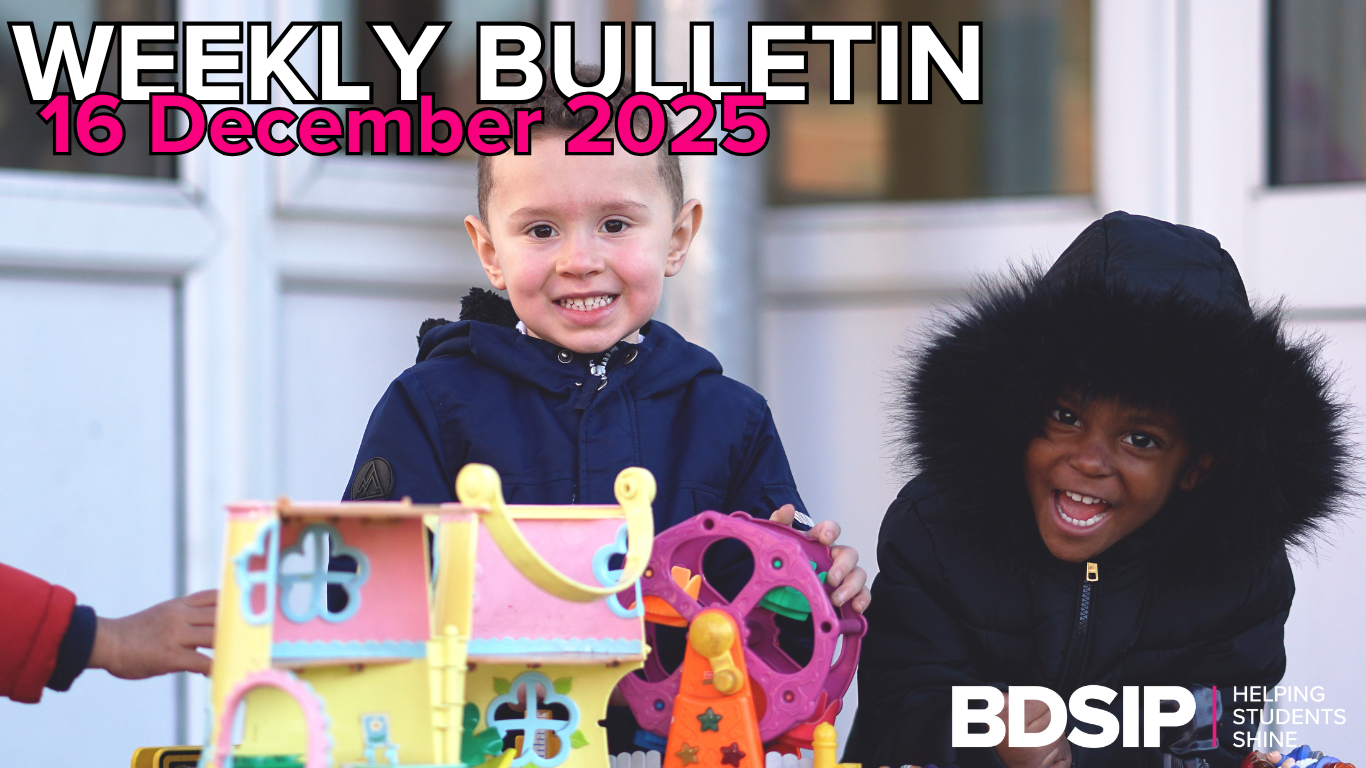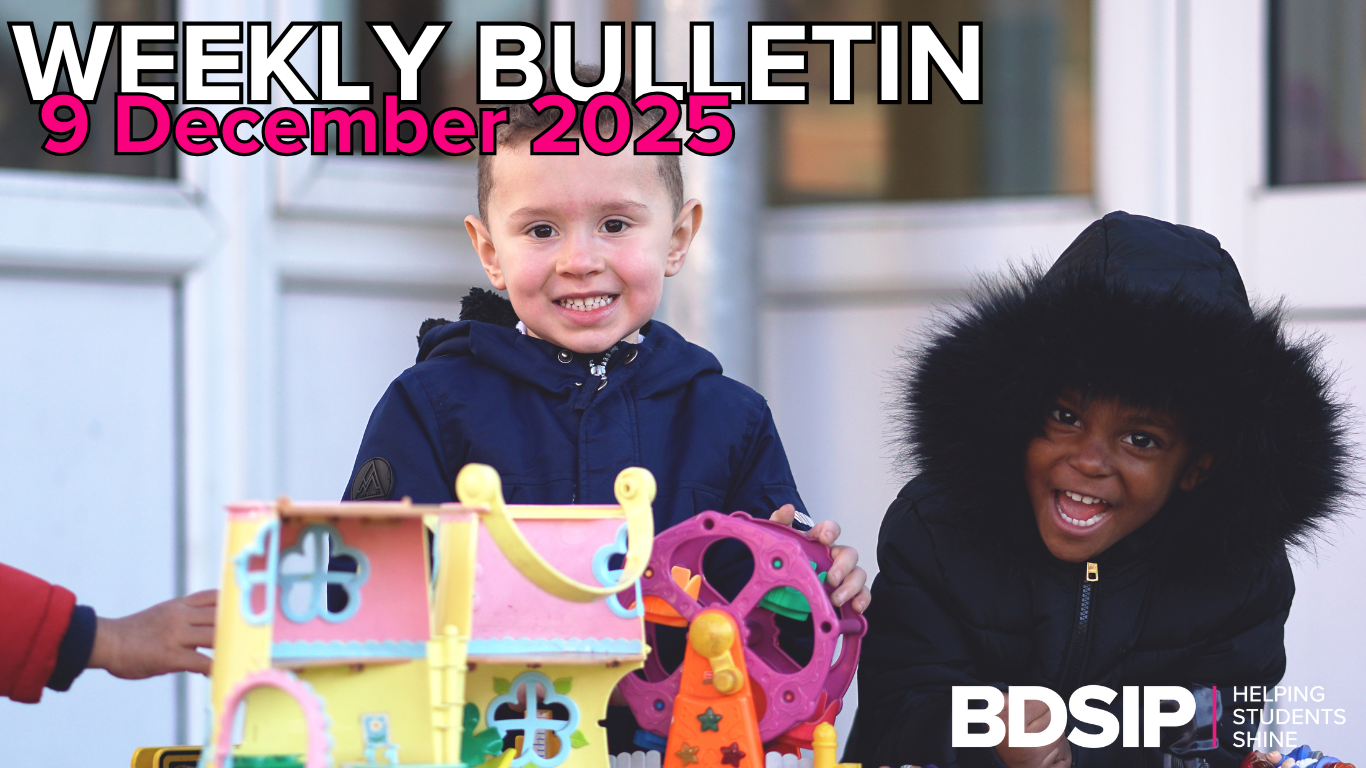Adela Kay, Assistant Headteacher at Aspire Virtual School, has conducted in-depth research on a variety of pressing issues affecting children and young people within our community.
For October’s research, Adela explores a range of issues affecting children and young people, including findings from Ofsted’s annual social care survey, new analysis on exclusions and attendance, community support for families, online safety, and access to mental health services for children at risk of violence.
Below you’ll find summaries and links to the latest research and reports relevant to our work with children and families.
Looked After Children in Social Care Settings
Ofsted has published findings from its annual survey of children’s social care in England which gathered views from children, parents and carers, professionals, and providers. 8,880 children and young people shared their experiences of living in social care settings, including children’s homes, foster care, residential special schools and supported accommodation. Findings include nearly all children reported feeling safe where they live; children in children’s homes were the most likely to report difficulties in getting along with other children; and children in supported accommodation said that they had good relationships with staff but were the least likely to report spending time with people who matter to them.
I find this research particularly interesting because I have been attending monthly seminars run by ThemPra and Relational Practice | National Leaving Care Benchmarking Forum. They look at the wider care picture and consider how we can build interdependence into the lives of care experience children.
📌 Read here: Children’s Social Care Questionnaires 2025: What Children and Young People Told Ofsted
Exclusion and Suspension Data
The FFT have just released analysis of the data from 2024/25, their analysis comes ahead of the DfE detail which will come out later in the year, but in the past the FFT data has closely mirrored the DfE published data if anything a little lower particularly at KS3/4. It looks like in comparison to 2023/24 the exclusion and suspensions rate has gone up a little at primary but down a little in year9-11. Disadvantage, previous history of social care and a previous history of suspension are the biggest risk factors of exclusion. The data for 2024/5 suggests that the rate of increase is beginning to slow after the sharp increases after the pandemic.
📌 Read here: Exclusions and Suspensions 2024/25 – FFT Education Datalab
Attendance
The FFT have done some analysis around rates of severe absence, whilst attendance over all is gradually improving after the pandemic, initially figures suggest that severe absence grew marginally year on year 2024/25. A common factor for young people with severe absence is not being on roll at a school for the full 370 sessions. This chimes with some factors we notice with young people in our borough where children with poor attendance sometimes move schools or dip between schools which results in intermittent attendance records. Taking out these and using is comparing fully time education suggests that there would be lower over all cases of severe absence, this doesn’t mean that it isn’t still a problem but that it is overstated if this reading is considered.
📌 Read here: How Many Pupils Really Are Severely Absent? – FFT Education Datalab
Building Community Support for Families
Considering the changes coming within social care I thought this report from the NSPCC looking at how communities can support families through challenges was interesting, it surveyed people to see who, for what and when people would be prepared to take what they are calling ‘supportive actions’ to help a family.
There is analysis around who would be more likely to help and support (women with direct contact with children) and who would feel less comfortable to do so (older men and those with no direct involvement with children).
- Most participants were open to offering and receiving supportive actions and are optimistic about their benefits.
- Participants were more likely to offer and accept supportive actions when it was people they knew well, though there was also a willingness to try to support others in their community.
- There is a need for care and sensitivity when offering supportive actions to avoid causing upset or offence.
- Participant characteristics such as gender, age, ethnicity and whether the participant was involved with children in their daily life influenced decisions about offering and receiving help.
Online Safety: Internet News
Internet Matters have published a report on the impact of online news on children and young people’s wellbeing: there are several key findings, some directed at government and other directed at schools and parents. Key takeaways for me were the number of young people who access almost all their news via social media and the number of young people who admitted to believing a fake news story (27%) or thinking they may have believed a fake news story (41%). In a world where AI can have a bear cuddling a baby it is important that we teach our young people to be discerning. The other finding I thought was interesting was the disparity in access and discussion around news with adults between high income homes and lower income houses, a higher level of higher income homes had children who accessed news and online but there was also discussion about what they had viewed (66% versus 49%).
📌 Read here: News-And-Wellbeing-digital by Internet Matters – Flipsnack.
Child Mental Health for Children at Risk of Youth Violence
Children and young people with the greatest mental health needs often face fragmented and difficult-to-navigate systems spanning education, health, social care, youth justice, and the voluntary sector.
Main barriers include:
- Restrictive eligibility criteria that exclude those with complex needs
- Long waiting times and high thresholds for referrals
- Inflexible support, especially for those outside mainstream education
- Language and communication barriers between young people and services
- Stigma, distrust, and fear of criminalisation
- Bureaucratic processes that make access feel adversarial
Those facing additional marginalisation — including racially minoritised children, children in care, neurodivergent young people, and those living in poverty — are often disproportionately affected.
📌 Read here: YEF-Access-to-Mental-Health-Support-Oct-25.pdf.
Wishing you all a restful half-term.
Best wishes,
Adela


